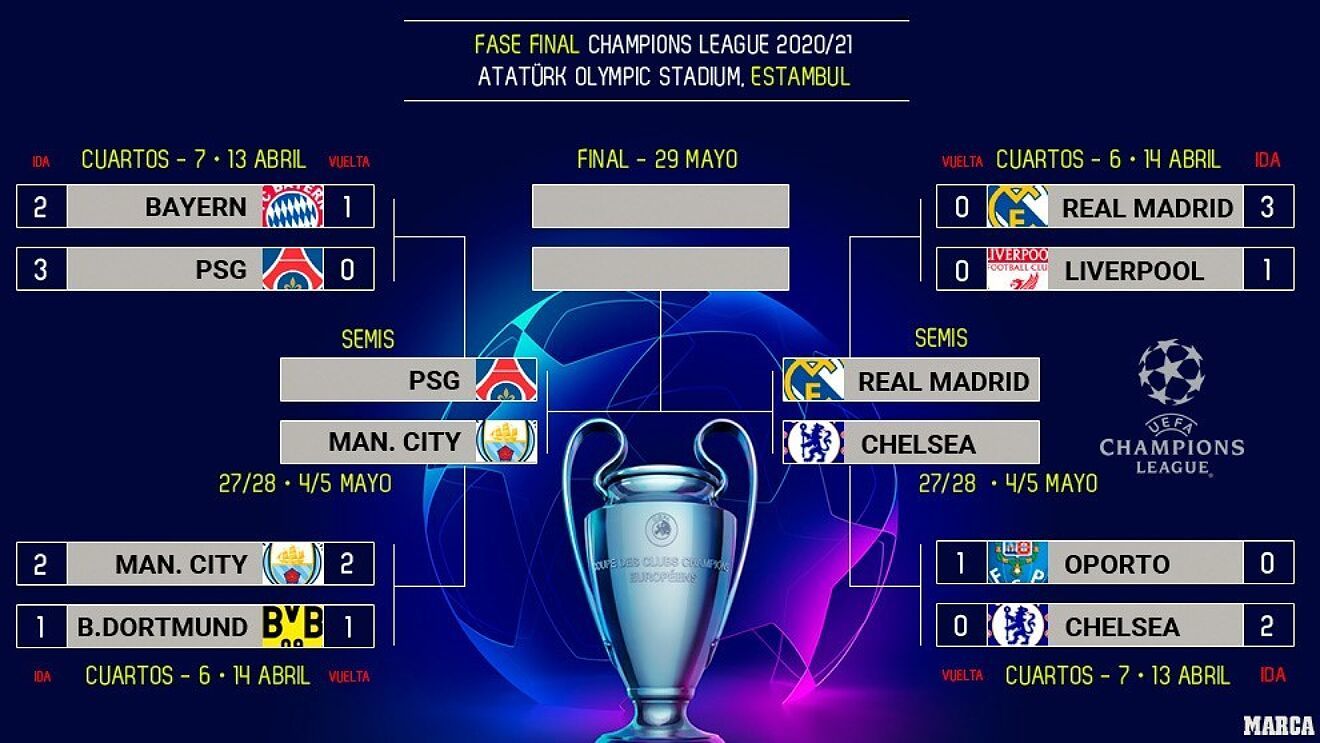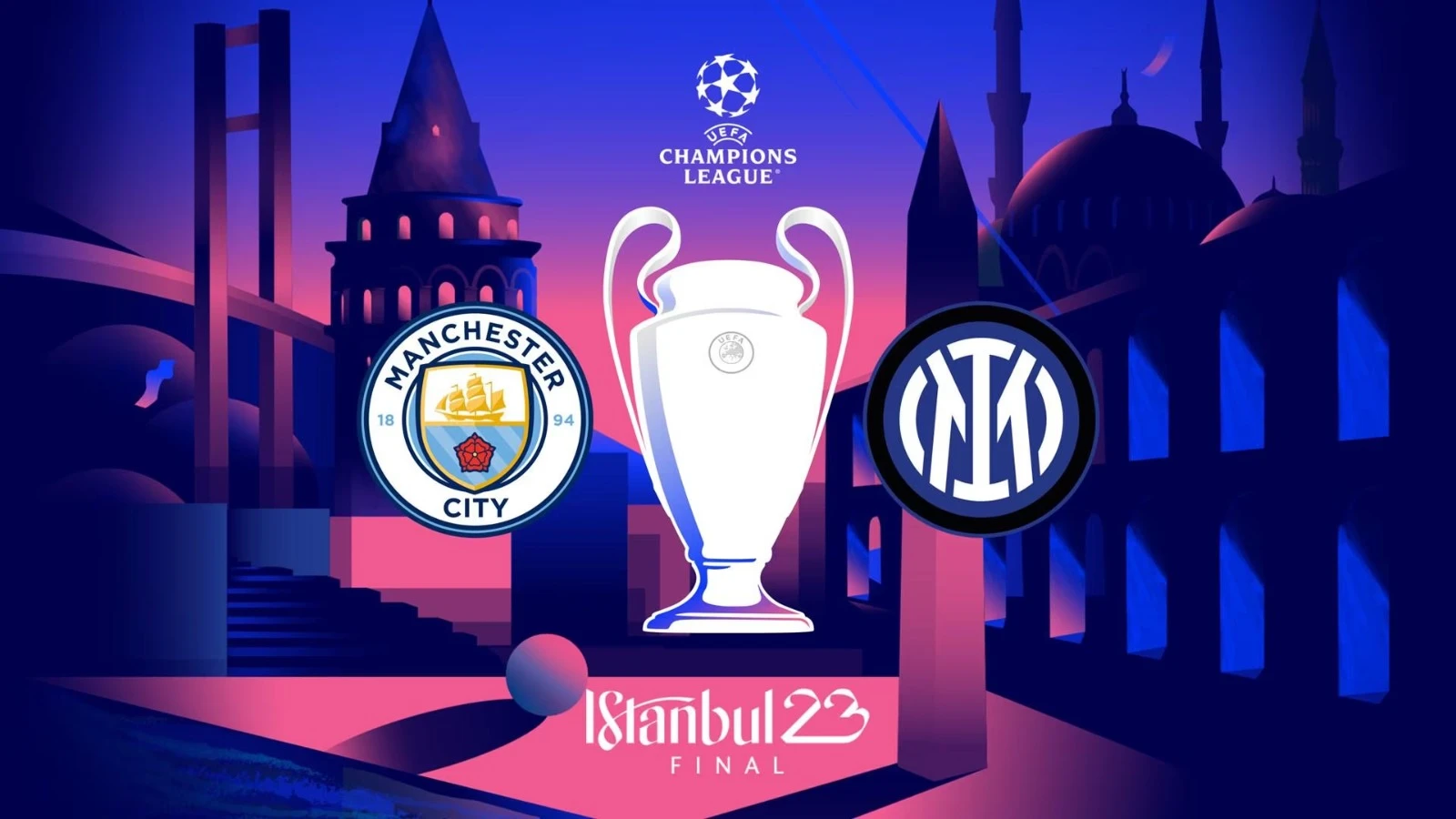Team Performance and Tactics: Champions League Finals

Champions league finals – Both teams entered the match with clear tactical plans, aiming to exploit each other’s weaknesses. The home team opted for a possession-based approach, while the away team employed a counter-attacking strategy.
Attacking Strategies
The home team dominated possession, utilizing short passes and intricate combinations to create scoring opportunities. Their attacking trio of forwards displayed excellent movement and interchanging positions, making it difficult for the away team’s defense to mark them effectively.
In contrast, the away team focused on absorbing pressure and hitting their opponents on the break. They relied on quick transitions, with their wingers providing width and pace to stretch the home team’s defense. Their target man striker was a constant threat in the air, providing an outlet for long balls.
Defensive Strategies
The home team employed a high defensive line, pressing their opponents in their own half. They aimed to win the ball back quickly and launch attacks from deep positions. Their full-backs pushed forward to provide width and support the attack.
The away team opted for a more compact and organized defensive shape. They dropped deep and defended in numbers, making it difficult for the home team to penetrate their defense. Their midfielders worked tirelessly to close down passing lanes and intercept passes.
Adaptations
As the match progressed, both teams made tactical adjustments. The home team gradually reduced their intensity in the press and allowed their opponents more time on the ball. This allowed the away team to gain more possession and threaten on the counter-attack.
The away team, sensing the home team’s shift in tactics, became more adventurous in their attacking play. They pushed their full-backs higher up the pitch and created more chances through crosses and set pieces.
Key Moments and Turning Points
The Champions League final was a thrilling match that was decided by key moments and turning points. These moments included crucial goals, missed opportunities, and defensive interventions. The decisions made by players and managers at these critical junctures had a major impact on the outcome of the match.
Crucial Goals
The first goal of the match was scored by Real Madrid in the 59th minute. This goal gave Real Madrid the lead and put Barcelona on the back foot. Barcelona equalized in the 76th minute, but Real Madrid scored again in the 86th minute to win the match.
Missed Opportunities
Both teams had chances to score more goals in the match. Barcelona had a great chance to equalize in the 80th minute, but Lionel Messi missed a penalty. Real Madrid also had a chance to score a third goal in the 90th minute, but Karim Benzema’s shot was saved by Marc-Andre ter Stegen.
Defensive Interventions
The defenses of both teams played a key role in the match. Real Madrid’s defense was particularly impressive, as they were able to keep Barcelona from scoring for most of the match. Sergio Ramos made a number of important tackles and blocks, and Raphael Varane was also solid in the center of defense.
Individual Performances

The UEFA Champions League final showcased exceptional individual performances from both teams. Players from both sides displayed moments of brilliance, strategic decision-making, and unwavering determination.
Key players from each team made significant contributions to their team’s performance. Standout performances were evident in both attacking and defensive positions, with players demonstrating their technical abilities, tactical awareness, and leadership qualities.
Attacking Prowess, Champions league finals
Both teams featured prolific forwards who posed a constant threat to the opposition’s defense. Karim Benzema of Real Madrid emerged as the tournament’s top scorer, showcasing his clinical finishing and ability to create chances for his teammates. His counterpart, Mohamed Salah of Liverpool, displayed his exceptional speed, dribbling skills, and eye for goal.
In the midfield, Luka Modrić of Real Madrid orchestrated his team’s attacking play with his precise passing and vision. Toni Kroos provided stability and control in the center of the pitch, while Federico Valverde injected energy and dynamism into Madrid’s attack.
For Liverpool, Thiago Alcântara played a pivotal role in linking the midfield and attack. His incisive passing and ability to dictate the tempo of the game were crucial to Liverpool’s attacking threat. Sadio Mané and Luis Díaz provided width and pace on the flanks, stretching the Real Madrid defense and creating opportunities for their teammates.
Defensive Resilience
The defensive units of both teams played a vital role in the outcome of the match. Real Madrid’s Thibaut Courtois produced a series of stunning saves, including a remarkable stop against Sadio Mané in the dying minutes of the game. Éder Militão and David Alaba formed a formidable partnership at the heart of the defense, thwarting Liverpool’s attacking advances.
Liverpool’s defense, led by Virgil van Dijk, was equally impressive. The Dutch defender commanded his area with authority, winning aerial duels and organizing his teammates. Trent Alexander-Arnold and Andy Robertson provided attacking threat from the full-back positions, while Fabinho anchored the midfield with his defensive solidity and ball-winning ability.
Areas for Improvement
Despite their overall strong performances, both teams have areas where they can improve. Real Madrid’s midfield could benefit from greater creativity and dynamism, while Liverpool’s defense could be more organized and disciplined in certain situations.
Overall, the individual performances in the UEFA Champions League final were a testament to the skill, talent, and determination of the players involved. The standout displays from both teams made for a captivating and unforgettable spectacle.